When it comes to electrical systems, the choice between a single-phase and a 3-phase connection is pretty simple. It all depends on how much power you truly need. Today, we'll explore what a 3-phase connection is, how it differs from single-phase connections, and why it’s the preferred choice for many industrial applications and high power situations.
What is a 3-Phase Connection?
At its core, a 3-phase connection involves three hot or live wires, a ground, and sometimes a neutral wire. In contrast, a single-phase connection typically has just one or two hot wires. The term " 3 phase" refers to the three separate currents or circuits for each live / hot wire.
The Power of 3-Phase Connections
One of the standout features of 3-phase systems is the way that they handle voltage. Instead of simply multiplying amps by volts (as you would in a single-phase system), the power equation for a 3-phase connection utilizes the square root of 3. The formula is:
√3×Amps×Volts
This allows 3-phase systems to deliver 1.73 times more power than single-phase systems, making them ideal for applications requiring consistent high energy output.
How Much Power Can a 3-Phase Connection Provide?
Let’s look at a few configurations to see how much power you can expect from various 3-phase connections:
- NEMA L21-30: 10,800 watts
- NEMA L16-30: 24,912 watts
- NEMA L17-30: 31,140 watts
- CS8169: 41,520 watts (50 amp at 3-phase 480 volts)
Although typical household voltages range from 110V to 220V, the CS8169 alone could potentially power an entire home, given its impressive output of over 41,000 watts. This capability is vital for powering large equipment, heavy machinery, and multiple high-demand devices simultaneously.
The Benefits of 3-Phase Connections
1. Consistent Power Delivery
3-phase connections provide a steady flow of electricity with minimal fluctuations. This is essential for powering large motors and industrial equipment, ensuring reliability over long operational periods.
2. Efficient Power Distribution
The three hot wires enable the even distribution of power to multiple outputs. For instance, you can power three large server rack units simultaneously without compromising on performance.
3. Versatility in Applications
The versatility of 3-phase connections means they are found in various settings, from manufacturing facilities to commercial kitchens. They are particularly favored in industries where consistent and robust power supply is crucial.
Real-World Applications of 3-Phase Connections
The applications for 3-phase connections are vast. Some common uses include:
- Industrial Machinery: Heavy-duty equipment often relies on 3-phase connections for optimal performance.
- HVAC Systems: Larger heating and cooling systems use 3-phase power for efficient operation.
- Data Centers: High-demand server racks benefit from the reliable power supply provided by 3-phase systems.
- Construction Sites: Heavy machinery on job sites often utilizes 3-phase connections for effective power management.
Conclusion
In summary, 3-phase connections offer significant advantages over single-phase systems, particularly in terms of power delivery, efficiency, and versatility. Whether you're powering industrial machinery, large HVAC systems, or server racks, a 3-phase connection can provide the reliable energy your operations need. Understanding these connections is key to maximizing performance in any application requiring substantial power.
For more information on specific configurations or to discuss your power needs, feel free to reach out!
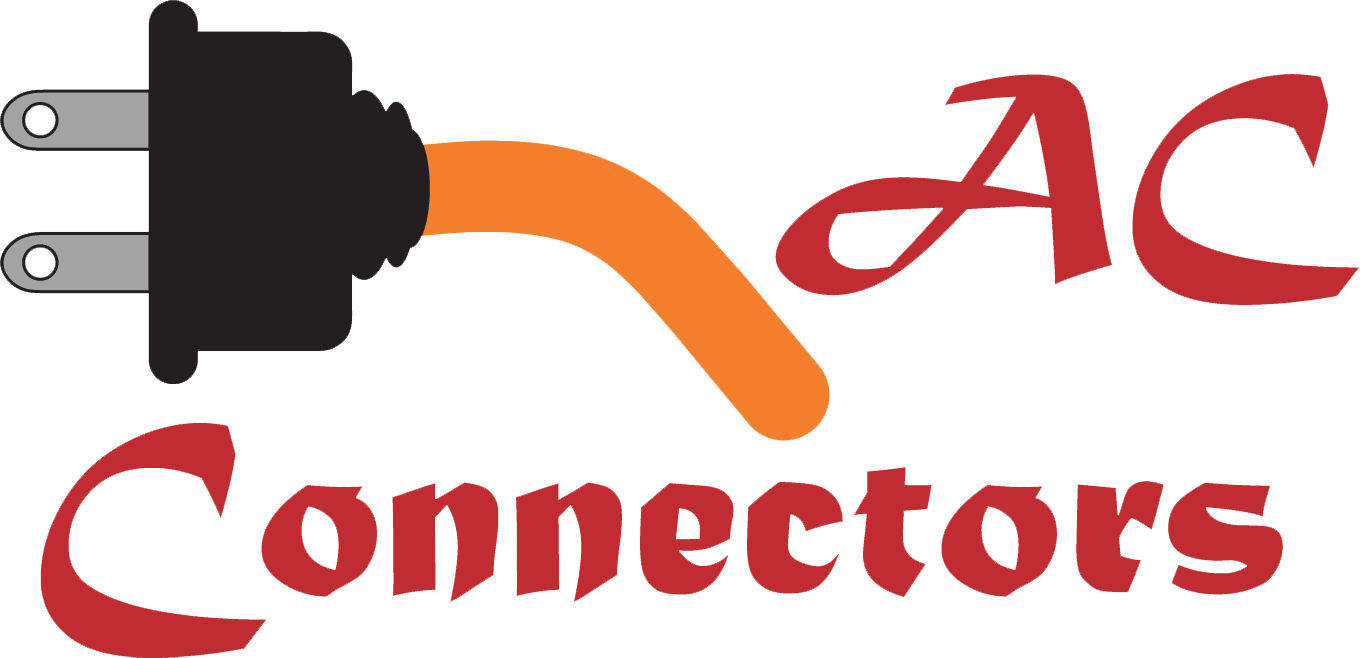

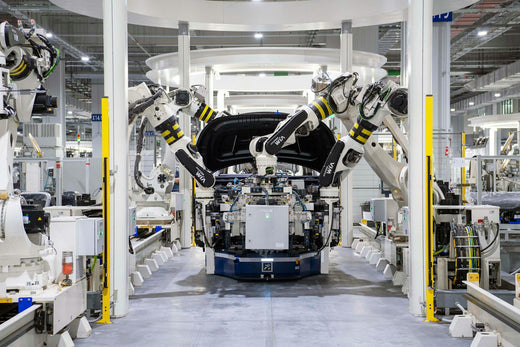
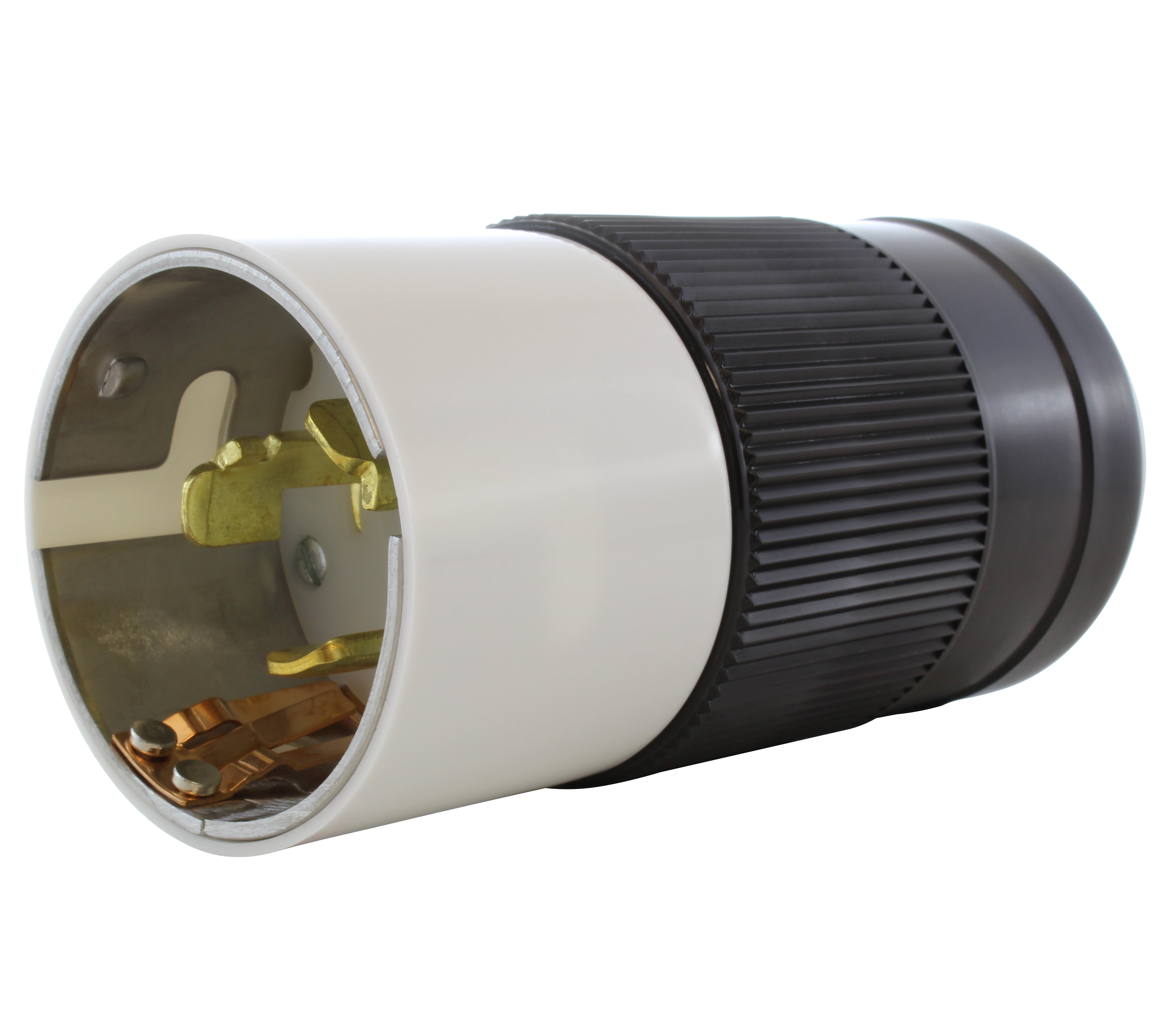
![AC WORKS® [CS8364] California Standard CS8364 50A 3-Phase 250V 4-Wire Locking Female Connector](http://acworks.com/cdn/shop/products/CS8364-0.jpg?v=1667589798&width=4304)
![AC WORKS® [CS8365T64] SOOW 6/4 CS8365 to CS8364 50A 3-Phase 250V Rubber Extension Cord](http://acworks.com/cdn/shop/files/CS8365T64-0.jpg?v=1717791536&width=3456)
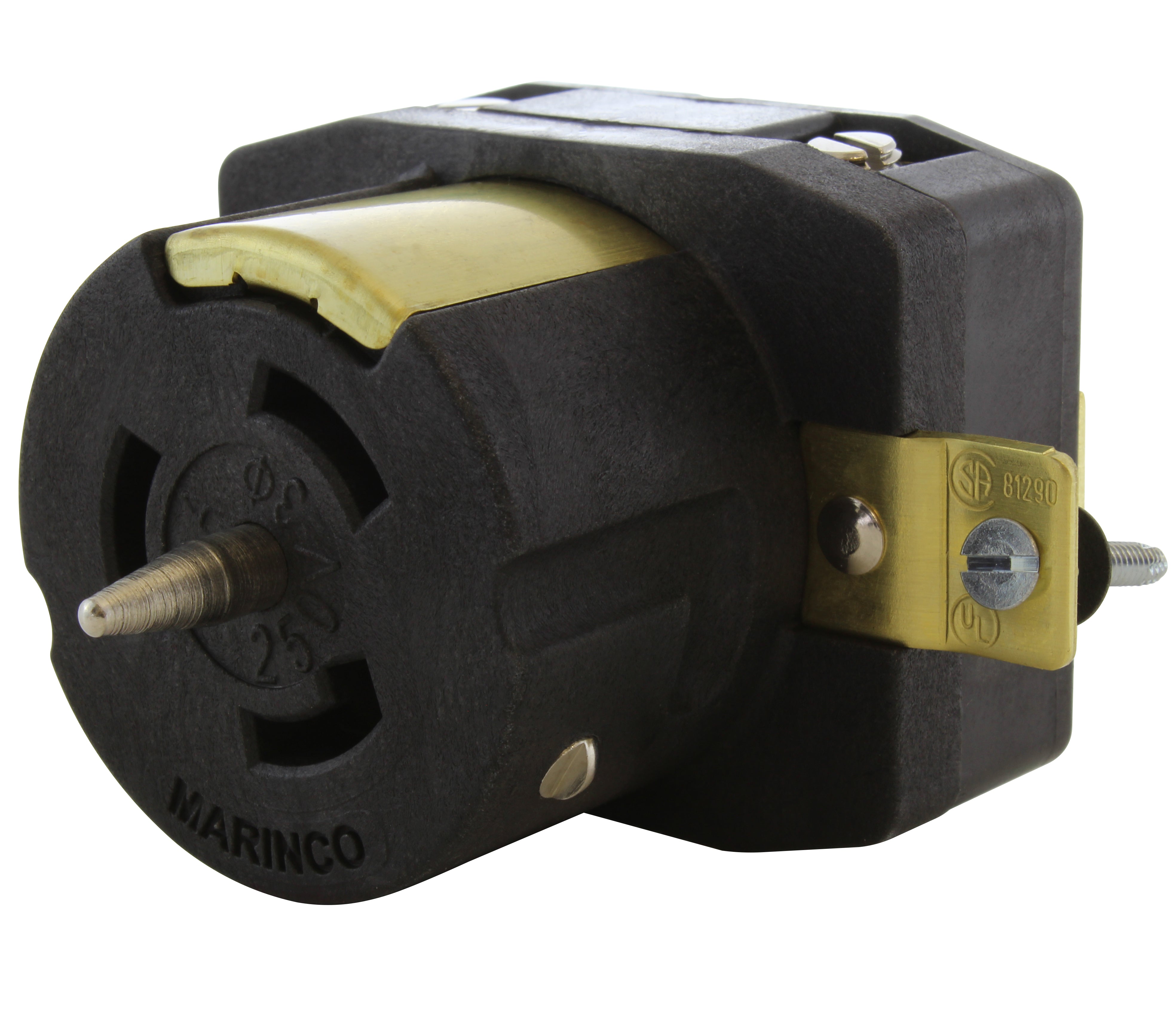
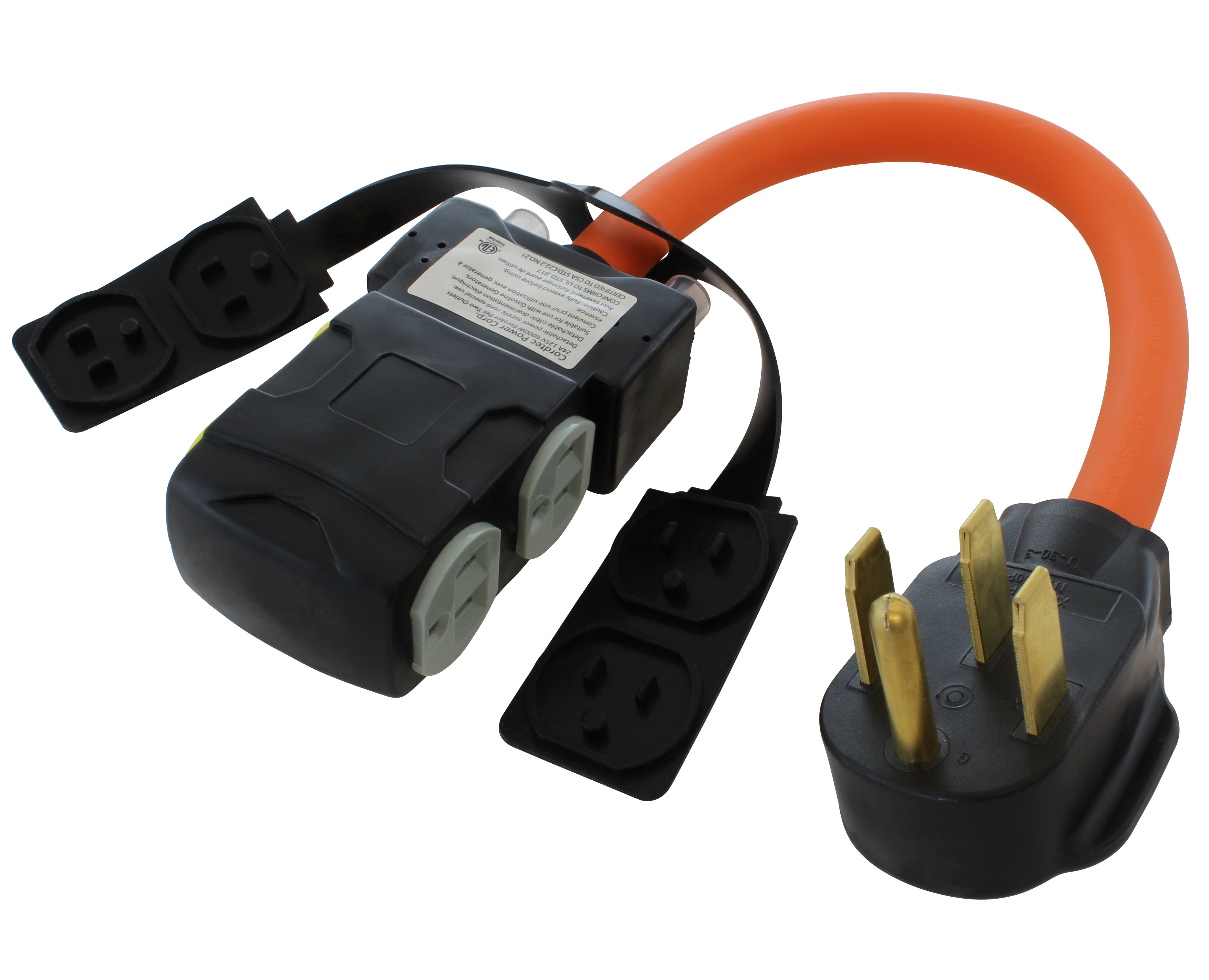
![AC WORKS® [ASINSS2PBX-G] 50A Locking 4-Wire CS6375/ SS2-50 Heavy-Duty Transfer Switch Inlet Box](http://acworks.com/cdn/shop/files/ASINSS2PBX-0_0206b362-7c90-42a5-8754-0685c13dab7e.jpg?v=1758051675&width=2500)
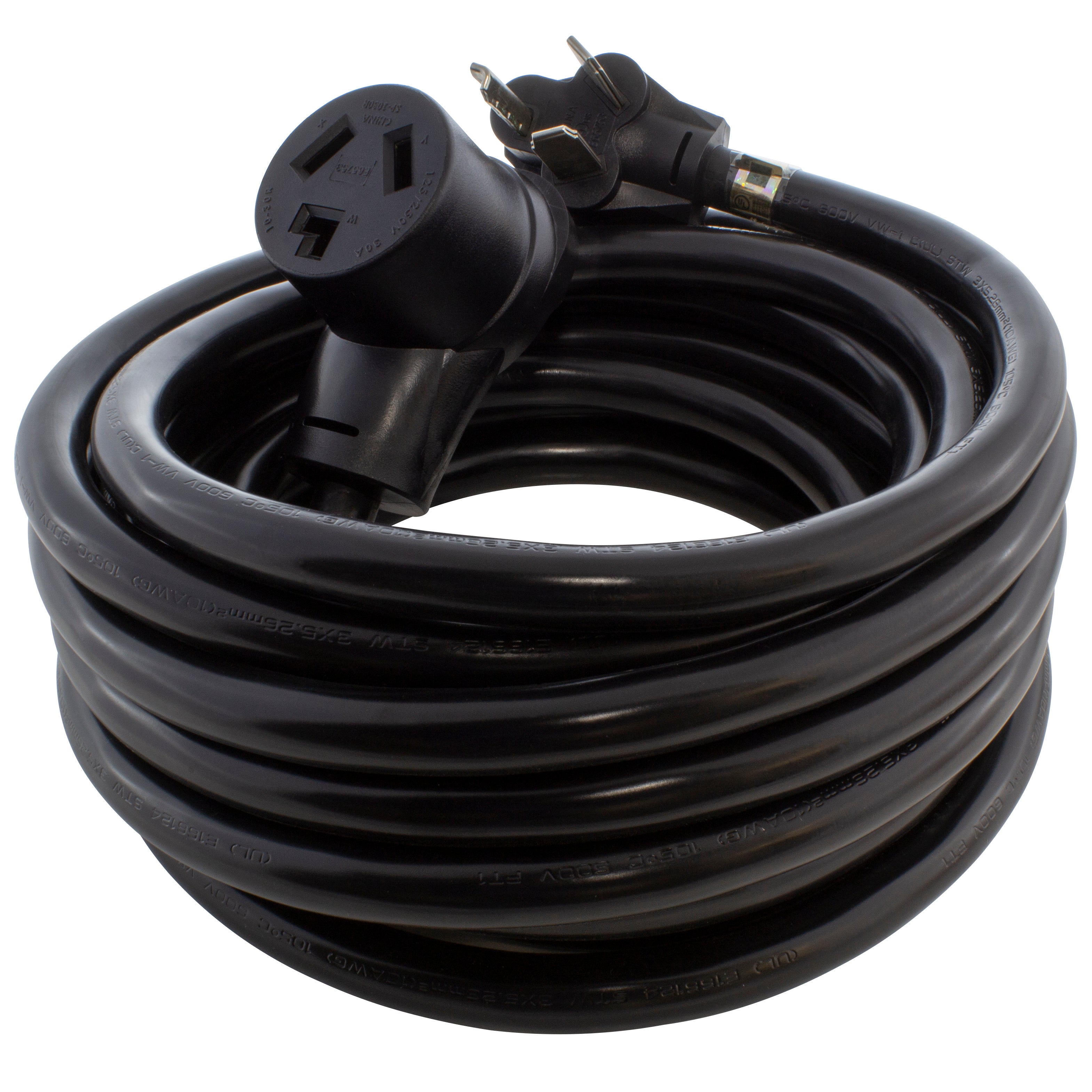
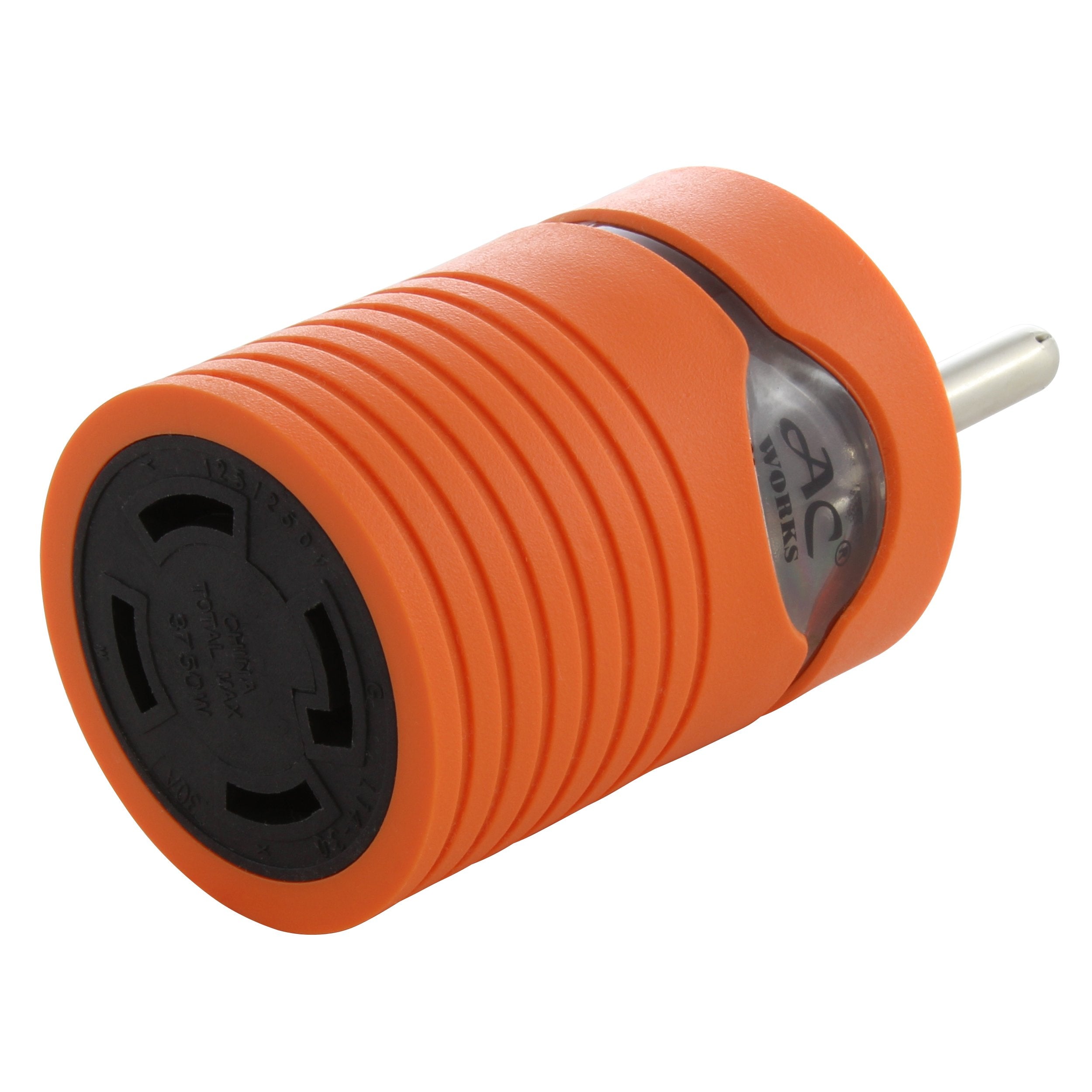
![AC WORKS® [S1430CBF520] 1.5FT 14-30P 4-Prong Dryer Plug to (4) Household Outlets with 24A Breaker](http://acworks.com/cdn/shop/products/S1430CBF520.jpg?v=1666103519&width=4656)

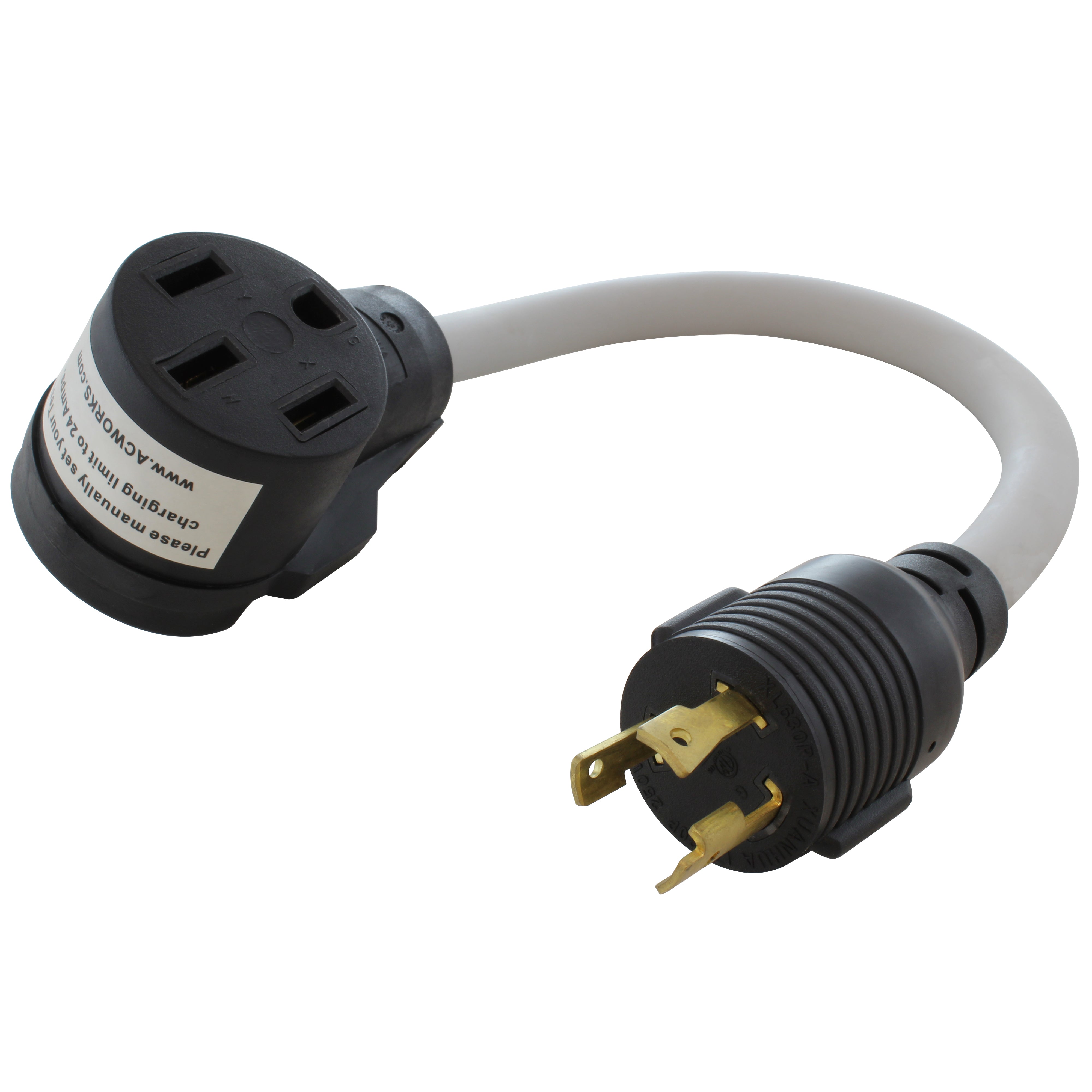
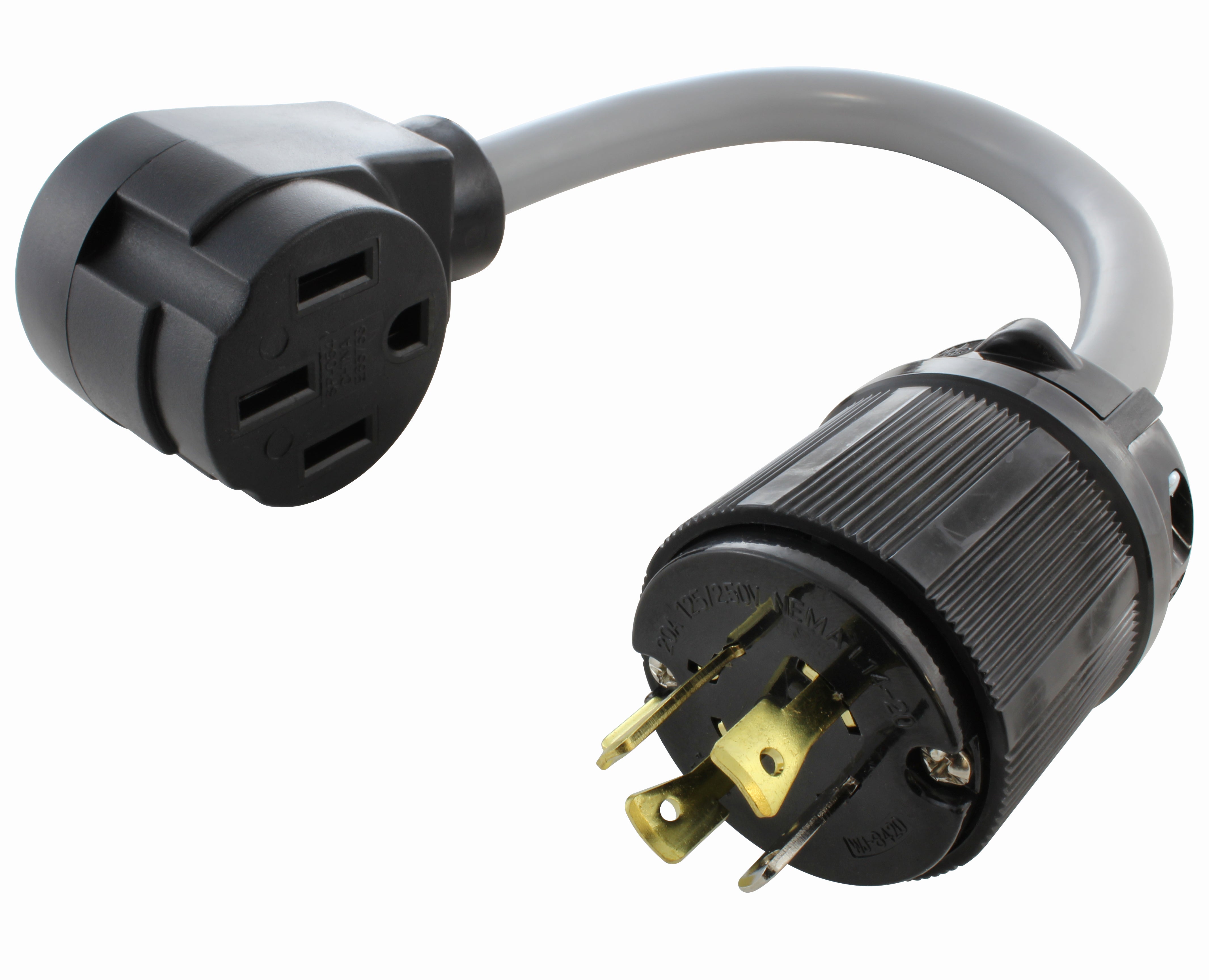
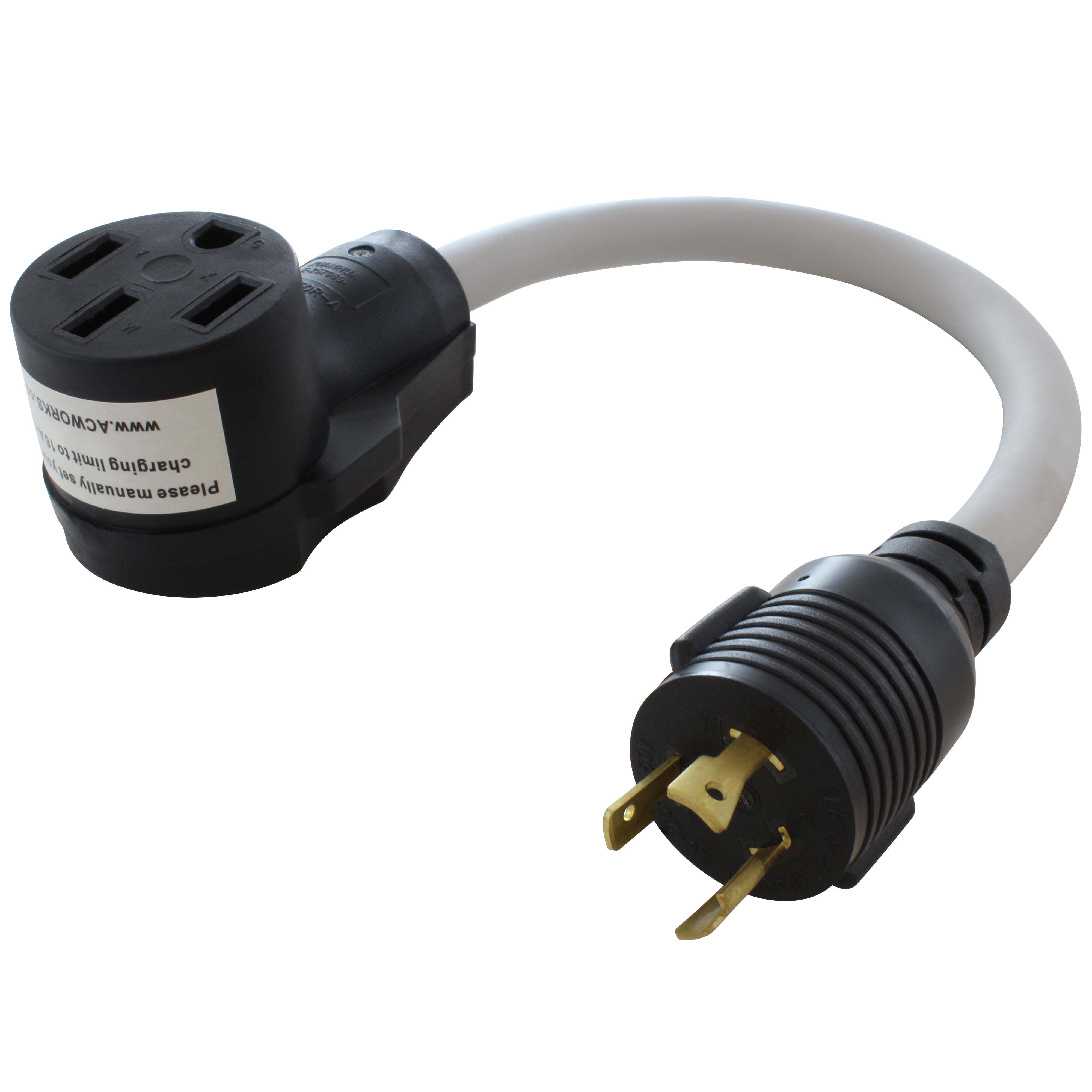

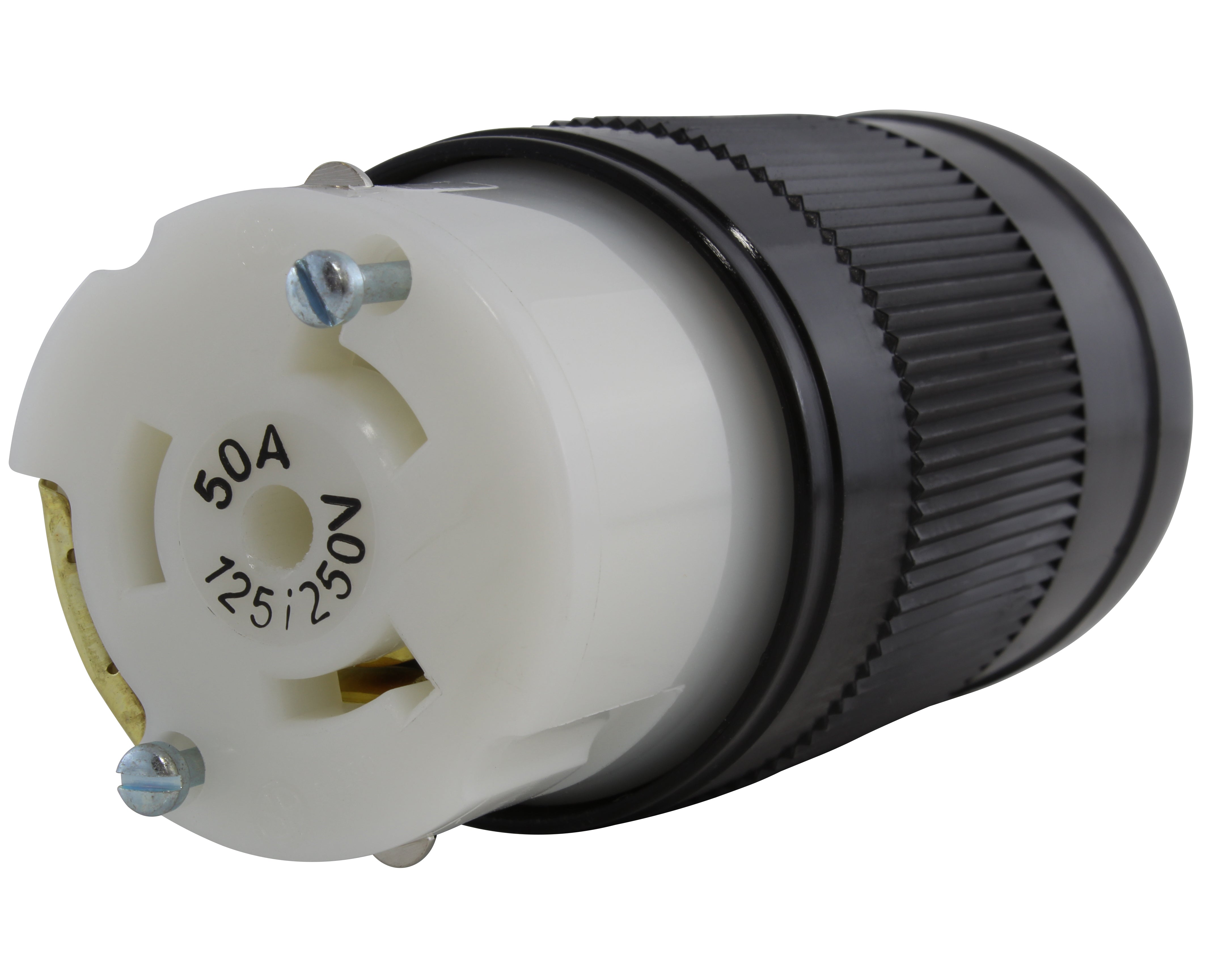

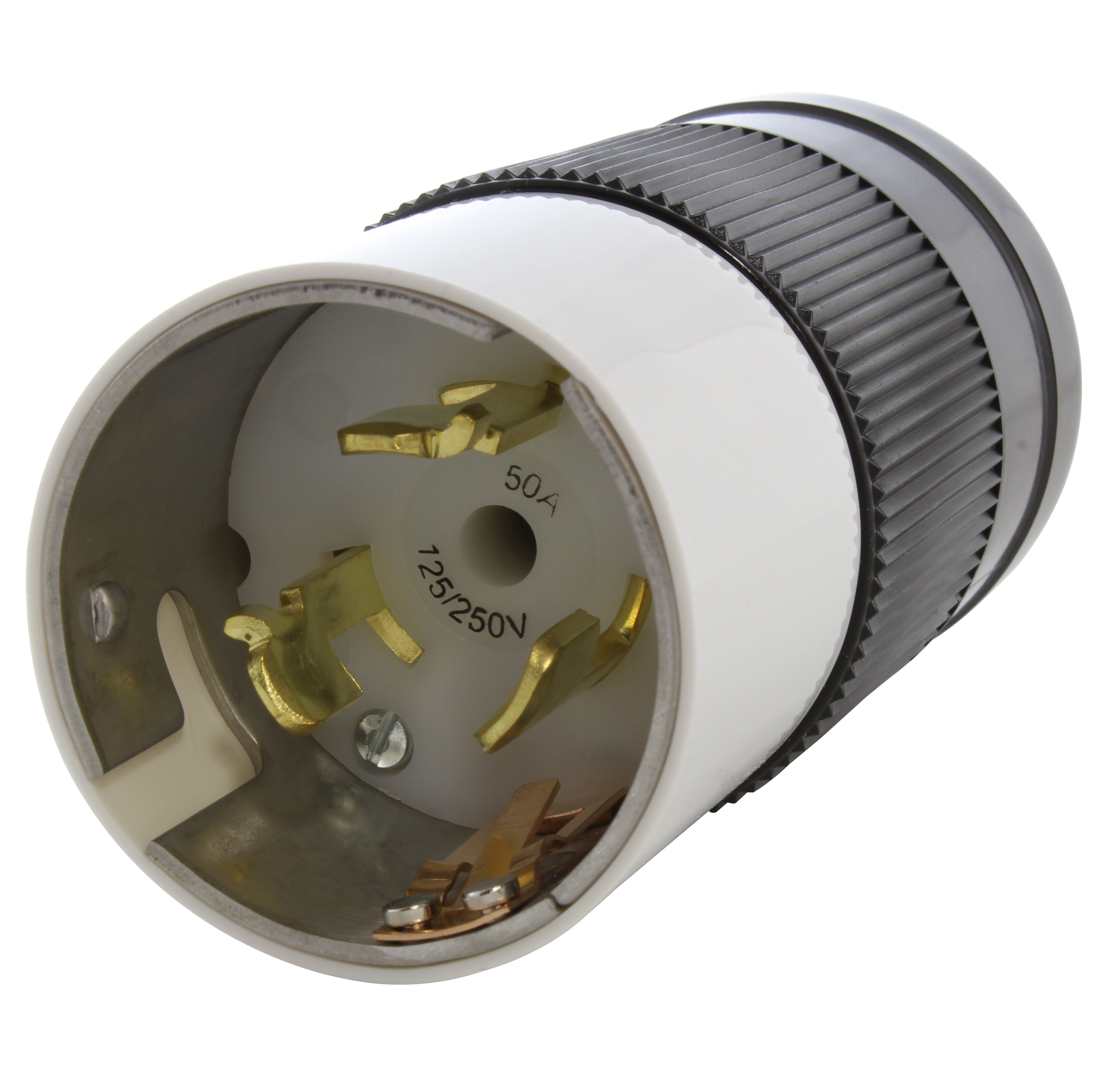
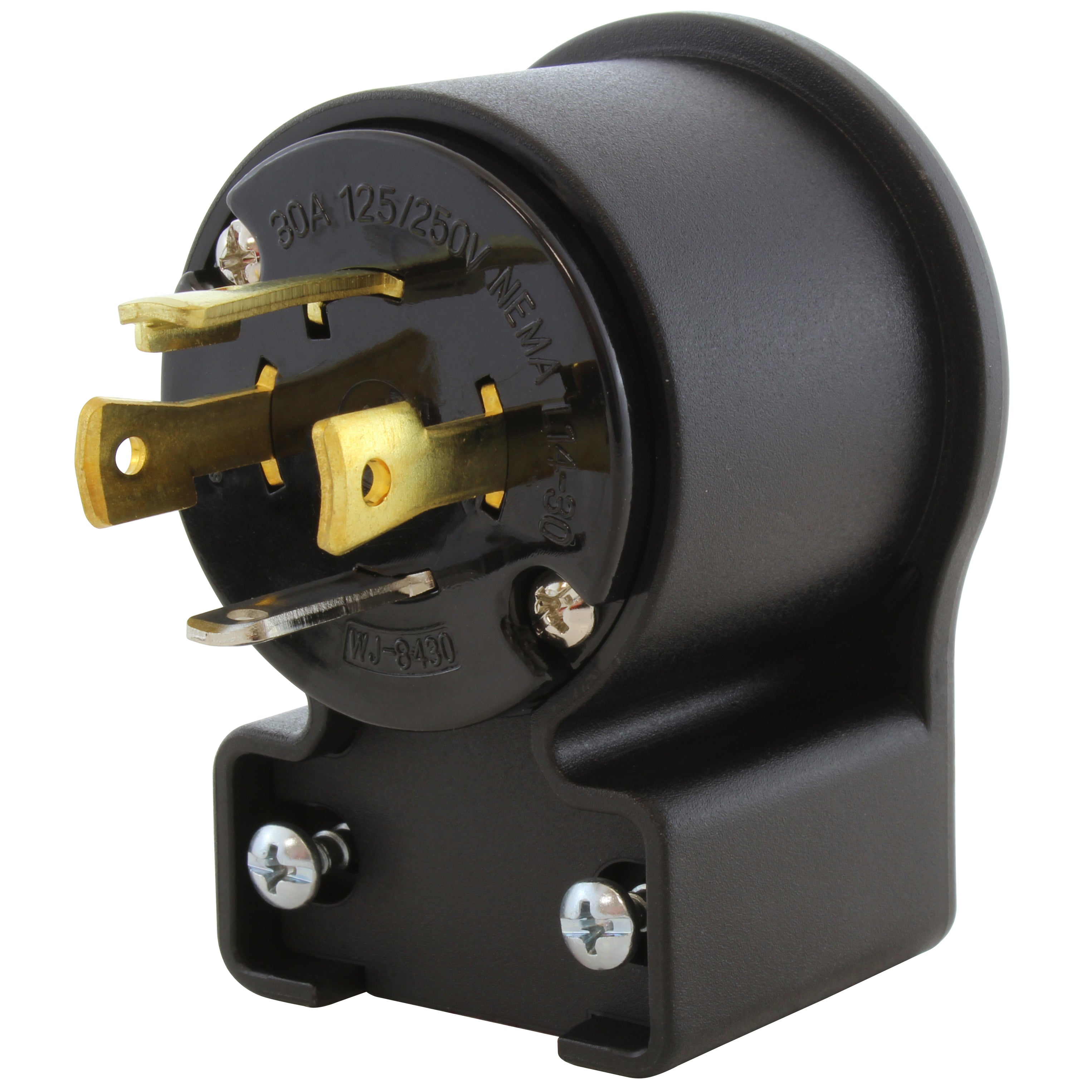

![AC WORKS® [ADV104] 3-Prong Heavy-Duty V-DUO Household Outlet Adapter](http://acworks.com/cdn/shop/products/ADV104-0.jpg?v=1605738768&width=3128)
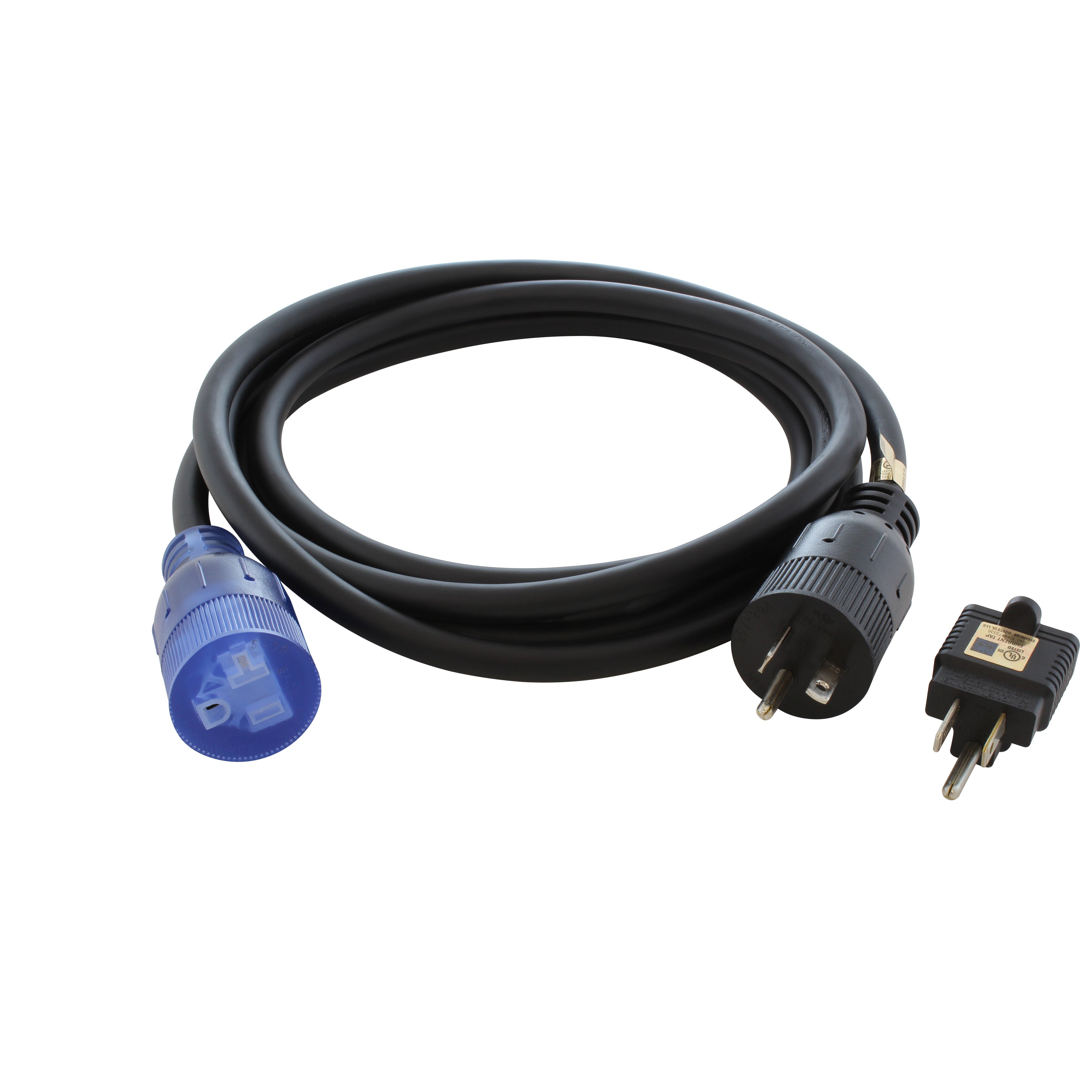
![AC WORKS® [XH515520] 15A to 15/20A 125 Volt Plug Adapter with ETL Safety Approval](http://acworks.com/cdn/shop/files/XH515520-0_daea425a-f439-48df-bb75-052167057f12.jpg?v=1729091519&width=2500)
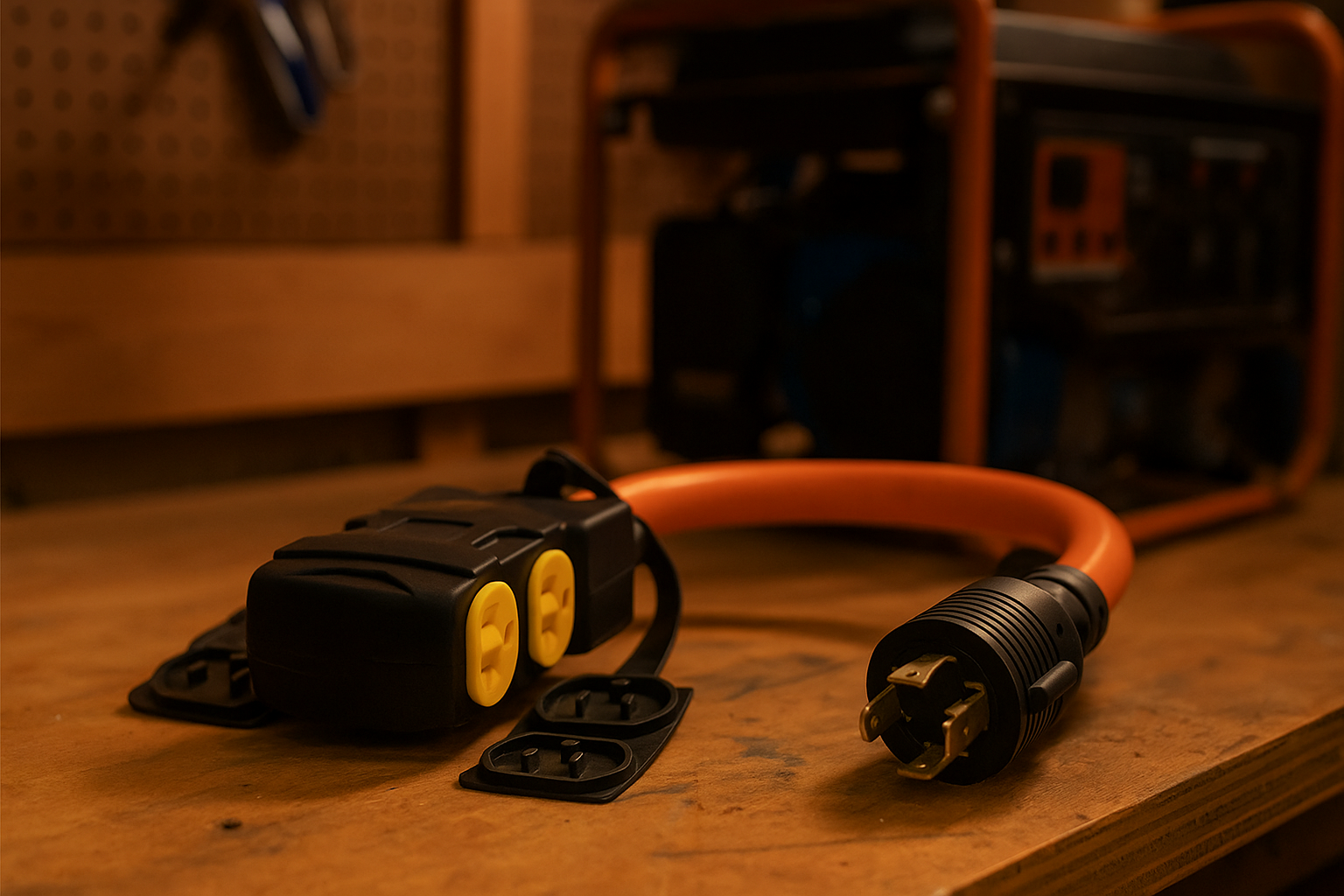

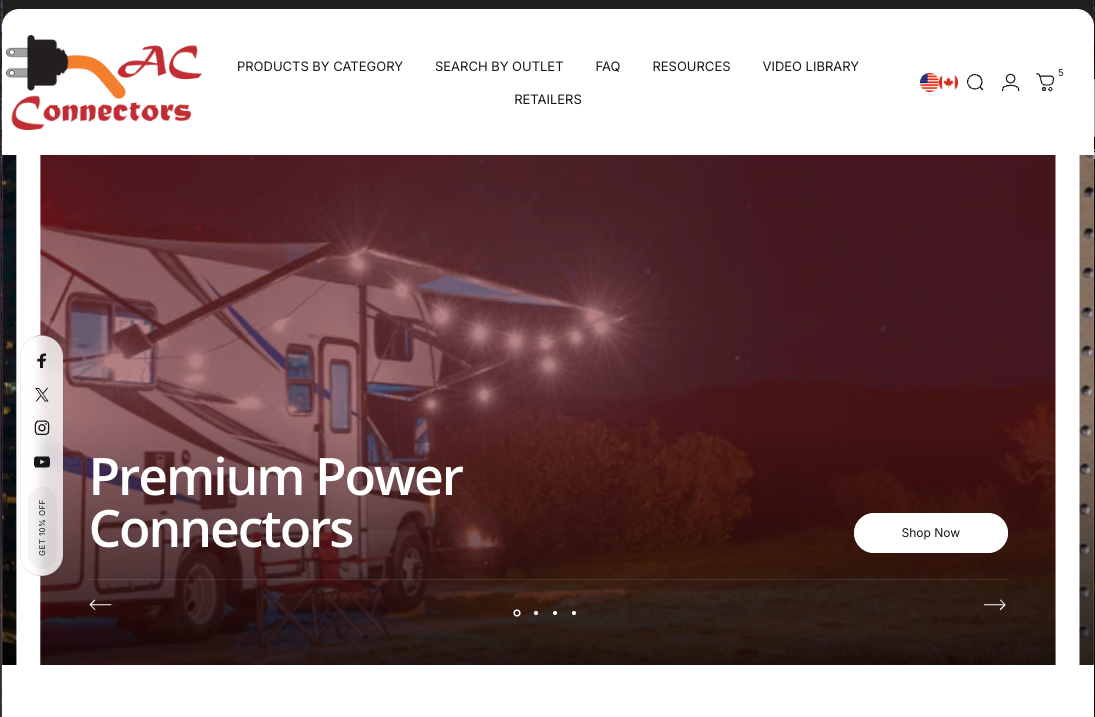
Share:
Prepare Your Home with a Reliable Backup Power Plan for Hurricanes and Tropical Storms
Get Ready for Winter with ACWORKS: Black Friday and Cyber Monday Deals!